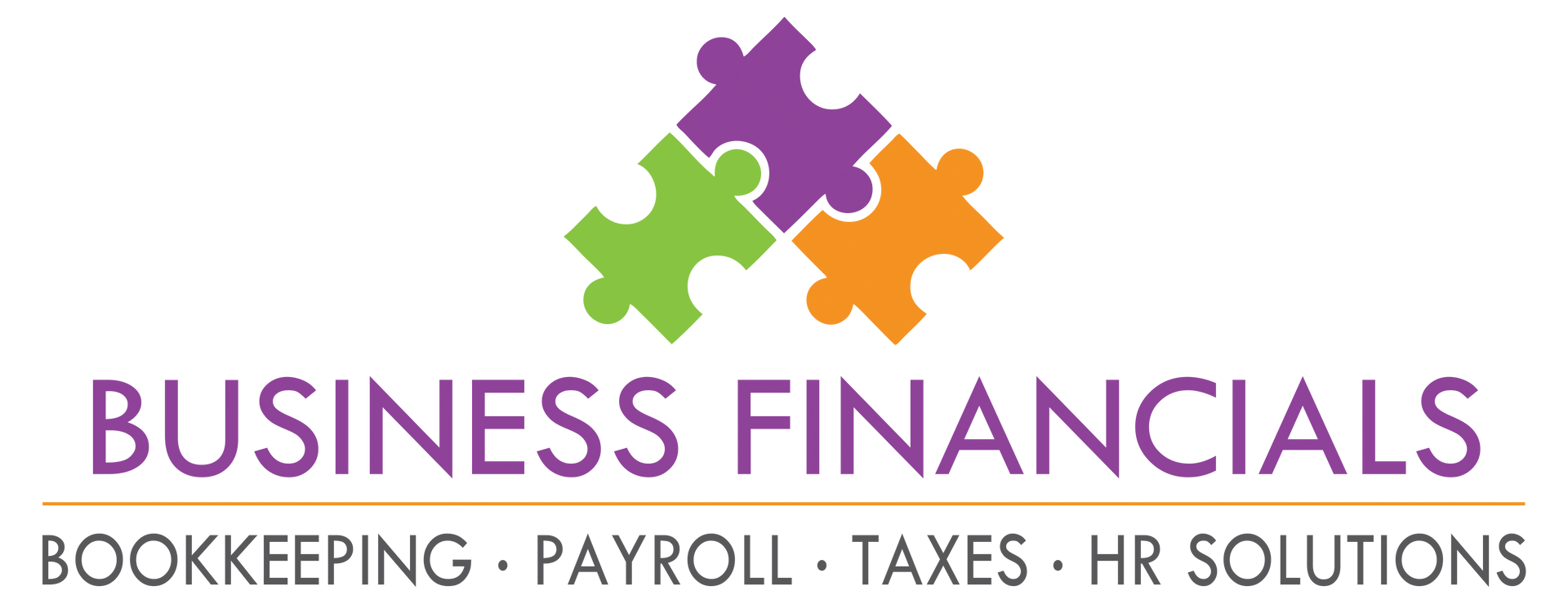Boosting On-The-Job Productivity: Simple Strategies for Success
Boosting On-the-Job Productivity: Simple Strategies for Success
In today's fast-paced work environments, maximizing productivity is crucial for both individual success and the overall efficiency of a business. Whether you're striving to meet deadlines, get that promotion, or simply get more done in less time, adopting strategies to increase on-the-job productivity can make a significant difference. Here are some simple yet effective tips to help you become more productive at work:
1. Prioritize Tasks: Start your day by identifying the most important tasks that need to be completed. Make a to-do list and prioritize tasks based on their urgency and importance. Focus your energy on completing high-priority tasks first to ensure that essential work gets done efficiently. You’ll begin to see your productivity in action as you cross off objectives on your to-do list, further motivating you to keep working!
2. Set SMART Goals: Establish specific, measurable, achievable, relevant, and time-bound (SMART) goals for yourself. Having clear objectives will help you stay focused and motivated throughout the day. Break down large tasks into smaller, more manageable steps to prevent feeling overwhelmed.
3. Time Management: Efficient time management is key to improving productivity. Set designated periods for work and breaks to maintain concentration and avoid burnout. Breaks built into your day can be a great way to give your brain a time to pause, and to refocus for what’s coming next.
4. Minimize Distractions: Identify common distractions in your work environment and take steps to minimize them. This might involve turning off notifications on your phone, closing unnecessary browser tabs, or finding a quiet space to concentrate when needed. Consider using productivity tools, such as Do Not Disturb, or browser extensions to block distracting websites during work hours.
5. Utilize Technology: Leverage technology to streamline your workflow and automate repetitive tasks. Explore productivity apps, project management software, or communication tools that can help you collaborate efficiently with colleagues and manage your workload more effectively.
6. Maintain a Healthy Work-Life Balance: It's essential to prioritize self-care and maintain a healthy work-life balance to avoid burnout. Make time for regular exercise, relaxation, and social activities outside of work to recharge and rejuvenate your mind and body. Remember that taking breaks can actually enhance productivity by preventing fatigue and boosting creativity.
7. Prioritize Sleep: Your sleep habits can make or break a work day. Getting a good night’s sleep is crucial for consistent productivity in the workplace. Your concentration, cognitive function, and even your ability to learn directly depend on how soundly you slept.
8. Seek Feedback and Adjust Accordingly: Solicit feedback from colleagues, supervisors, or mentors to identify areas for improvement and refine your approach to work. Be open to constructive criticism and willing to adapt your strategies based on feedback received.
By implementing these simple strategies, you can enhance your on-the-job productivity and achieve greater success in your professional endeavors. Remember that productivity is not about working harder but working smarter, and finding the balance that works best for you is key to your long-term success.
THIS ARTICLE IS FOR GENERAL INFORMATION PURPOSES ONLY. BUSINESS FINANCIALS, INC. (BFI) IS NOT ISSUING SPECIFIC FINANCIAL OR TAX ADVICE. PLEASE CONSULT WITH A LICENSED FINANCIAL PLANNER, TAX ATTORNEY, OR ACCOUNTANT FOR ASSISTANCE WITH YOUR SPECIFIC SITUATION. IF YOU NEED HELP, WE INVITE YOU TO CONTACT US. WE WILL BE HAPPY TO MAKE RECOMMENDATIONS OR REFER YOU TO A LICENSED PROVIDER WHO MAY BE BEST SUITED FOR YOUR SITUATION.
Sources:
15 Examples of How To Increase Productivity in the Workplace | Indeed.com
Increasing Productivity | Psychology Today





